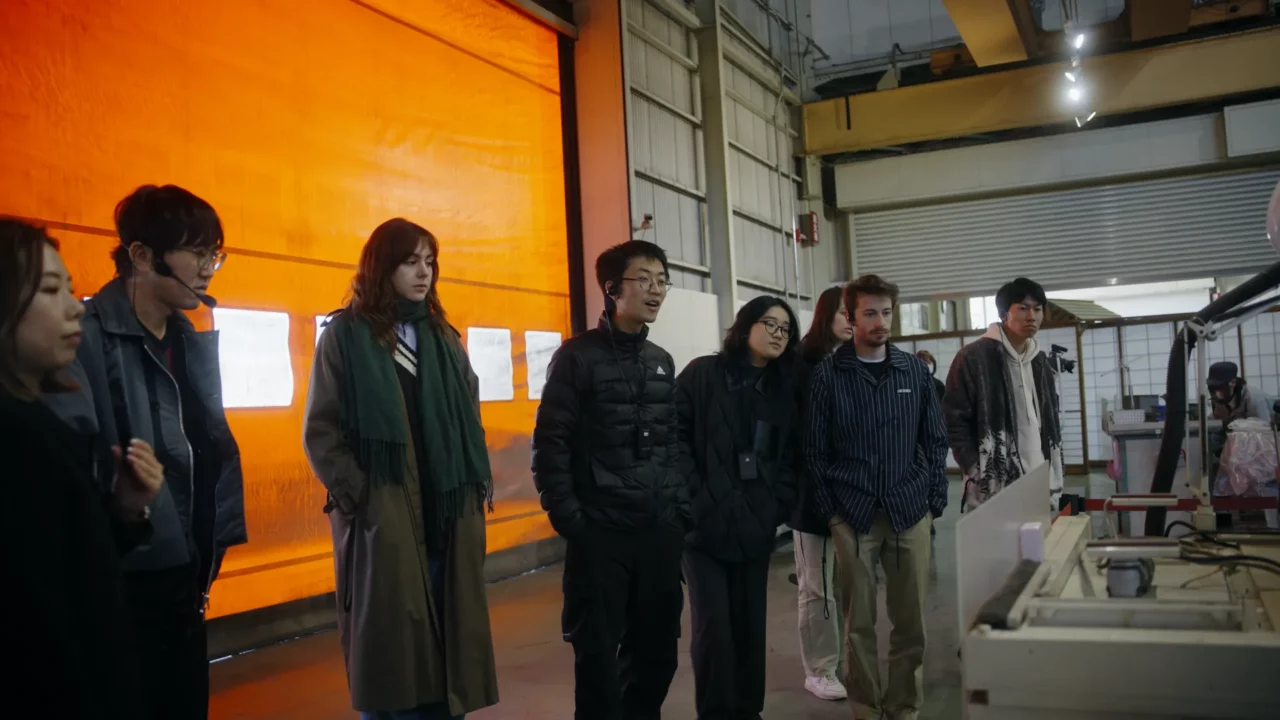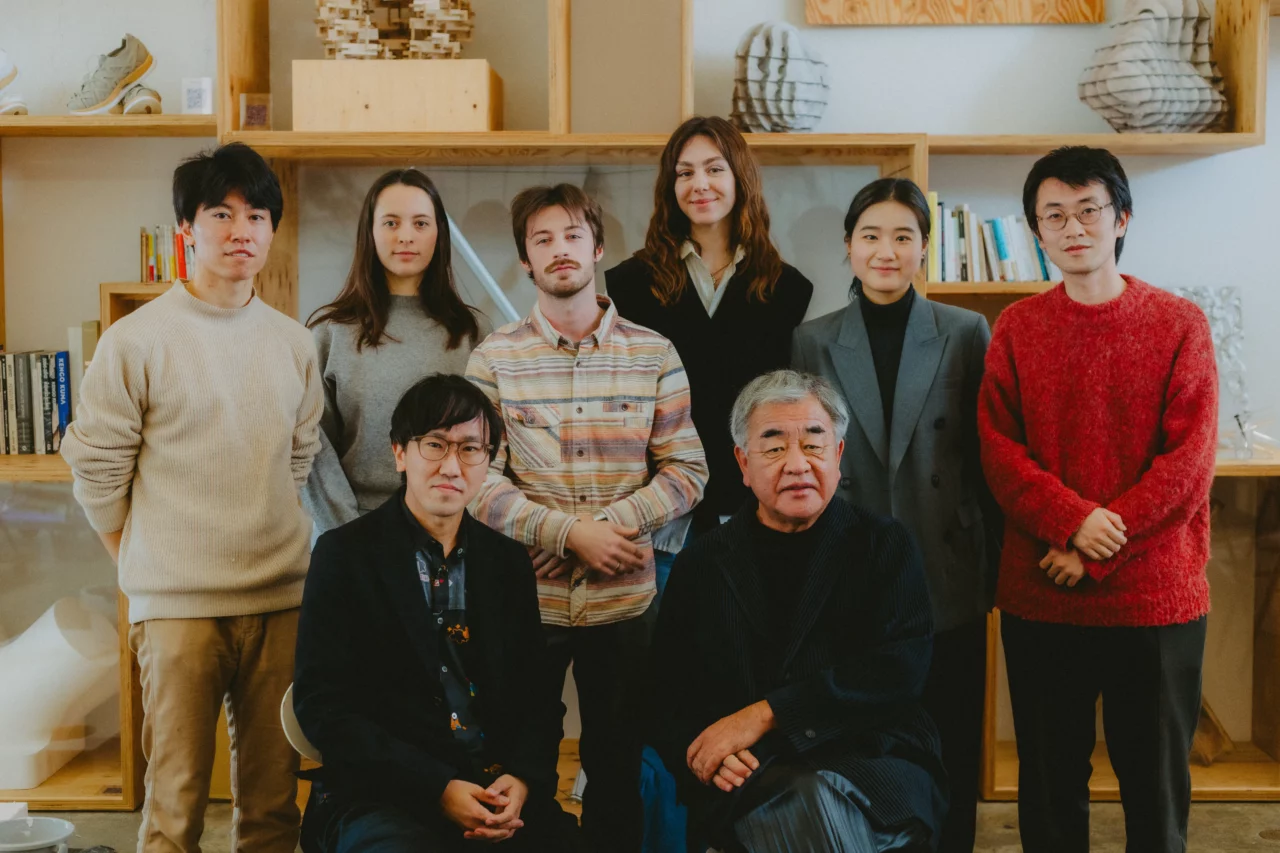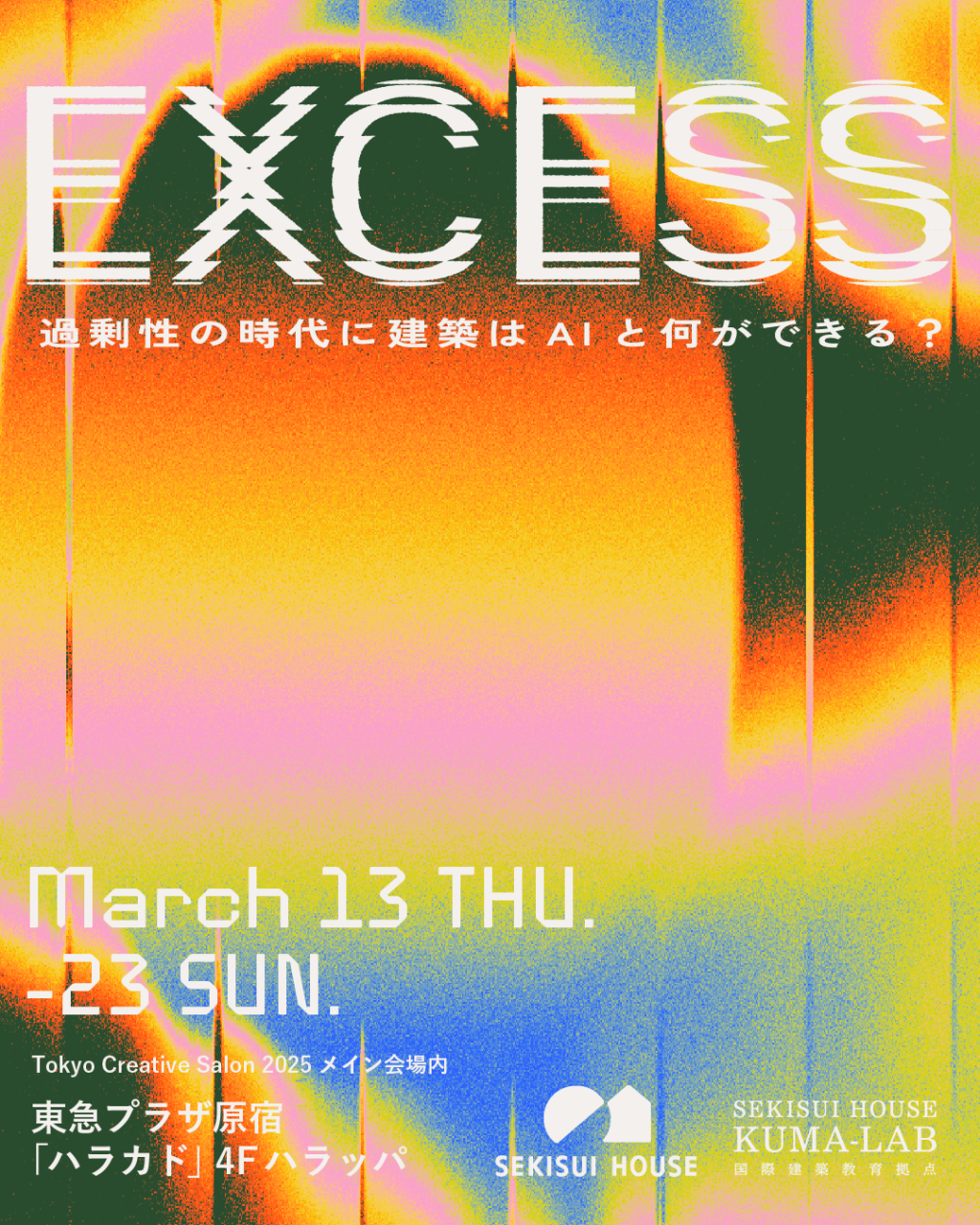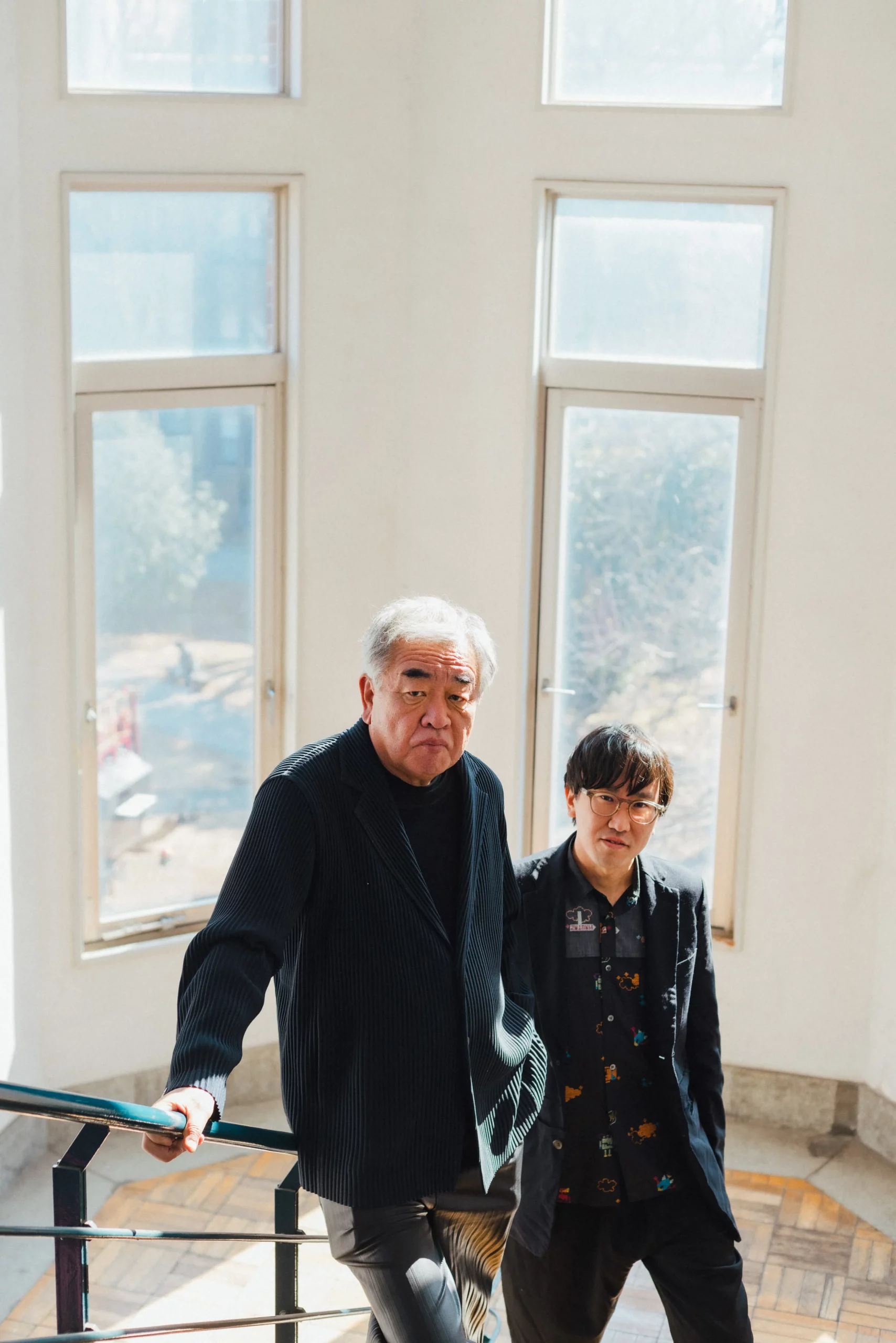INDEX
“If the virtual world becomes richer, the reduction of the real world won’t diminish our sense of richness.” — Kuma
Hirano: I understand. As AI-driven creativity pushes technological progress forward, we are simultaneously confronted with numerous environmental challenges. How do you see AI-enhanced creativity playing a role in tackling ecological issues?

Kuma: Generative AI is now capable of answering even complex questions, including those related to energy issues—something that once required specialized engineers. With AI providing instant responses, we can explore optimal solutions more quickly and efficiently than ever before.
Another major shift I’ve noticed is that we no longer need to physically create everything.
AI’s ability to build virtual environments means more challenges can be solved in digital spaces or even within the realm of thought itself. This not only reduces the burden on the real world but also minimizes environmental impact. The conventional view has been, “What’s the value of something that only exists in a virtual world?” But I see it quite the opposite.
As virtual spaces continue to evolve and deepen, our sense of richness and fulfillment won’t diminish even if the physical world becomes more compact. On the contrary, we may uncover entirely new dimensions of abundance within these digital realms.

Hirano: At SEKISUI HOUSE – KUMA LAB, we explore new possibilities for living and housing through digital technology. With this studio as an example, how do you envision AI and other digital advancements reshaping the way we live and define our homes in the future?
Kuma: Traditionally, “home” was thought of as a standalone physical structure. But if we take a broader view of human life, a home isn’t just the walls and roof—it’s also the surrounding environment and the flow of information within it. We’ve now entered an era where this expanded perspective is not just theoretical but something we can truly experience. In the past, people might have insisted that a home is simply a sheltered space, but today, many recognize that our digital and informational surroundings are just as much a part of our living environment. This shift means that designing homes in the future should be more like designing cities—holistic and interconnected.
If SEKISUI HOUSE – KUMA LAB has a guiding vision, I believe it lies in this transformation. Take, for instance, Sekisui House’s initiative to analyze behavioral data within homes to detect early signs of illness or physical strain. This concept pushes the boundaries of what “home” can be, leveraging digital technology to create a living space that extends beyond its physical limits. In that sense, the research we’re conducting at KUMA LAB is deeply aligned with this evolution, redefining the very essence of what it means to live in a home.
KUMA LAB × Sekisui House “EXCESS” – What Can Architecture and AI Achieve in an Era of Excess?

March 13 (Thu) – March 23 (Sun), 2025
Tokyu Plaza Harajuku “Harakado” 4F Harappa
Within the “Tokyo Creative Salon 2025” Special Exhibition Area
Free Admission
Marking five years since the launch of KUMA LAB, a collaboration between Sekisui House and Professor Kengo Kuma at The University of Tokyo.
In an era where excess—both in information and material—accelerates division, what role can architecture play?
A group of 24 students, including international exchange students, harnesses the power of generative AI to explore the theme “Gardens of Excess” in this innovative project exhibition.
Creative Talk: Shuta Hasunuma × Toshiki Hirano

Event Details:
Date & Time: March 15, 2025, 14:00-15:00
Venue: Special Stage, 4F Harajuku “Harakado”
Admission: Free (First-come, first-served basis; numbered tickets for approximately 30 seats will be distributed at the 4F venue from 12:00 on the event day.)
Guests:
- Shuta Hasunuma (Musician)
- Toshiki Hirano (Director of SEKISUI HOUSE – KUMA LAB, Project Lecturer at The University of Tokyo)
Moderators:
- Celeina Ann (J-WAVE “GRAND MARQUEE” Navigator)
- Shinya Takano (J-WAVE “GRAND MARQUEE” Navigator)
Event Overview:
In an era where information is overflowing and AI is accelerating this excess, how do artists and creators engage with the vast data generated by artificial intelligence? How does architecture respond to this challenge?
This special talk invites Toshiki Hirano, Director of SEKISUI HOUSE – KUMA LAB and Project Lecturer at The University of Tokyo, alongside musician Shuta Hasunuma, to explore how creativity can shape a better future. Moderators Celeina Ann and Shinya Takano from J-WAVE’s “GRAND MARQUEE” will lead the discussion and energize the audience.
Official Website:
https://www.sekisuihouse.co.jp/kumalab_excess/

























